There are many factors at play when it comes to a car’s overall safety. Between safety ratings and fatalities, there are several ways to determine whether a car is dangerous.
Here are the thirty most dangerous cars ever made, according to safety ratings and crash reports.
Early 80s Toyota Pickup Trucks
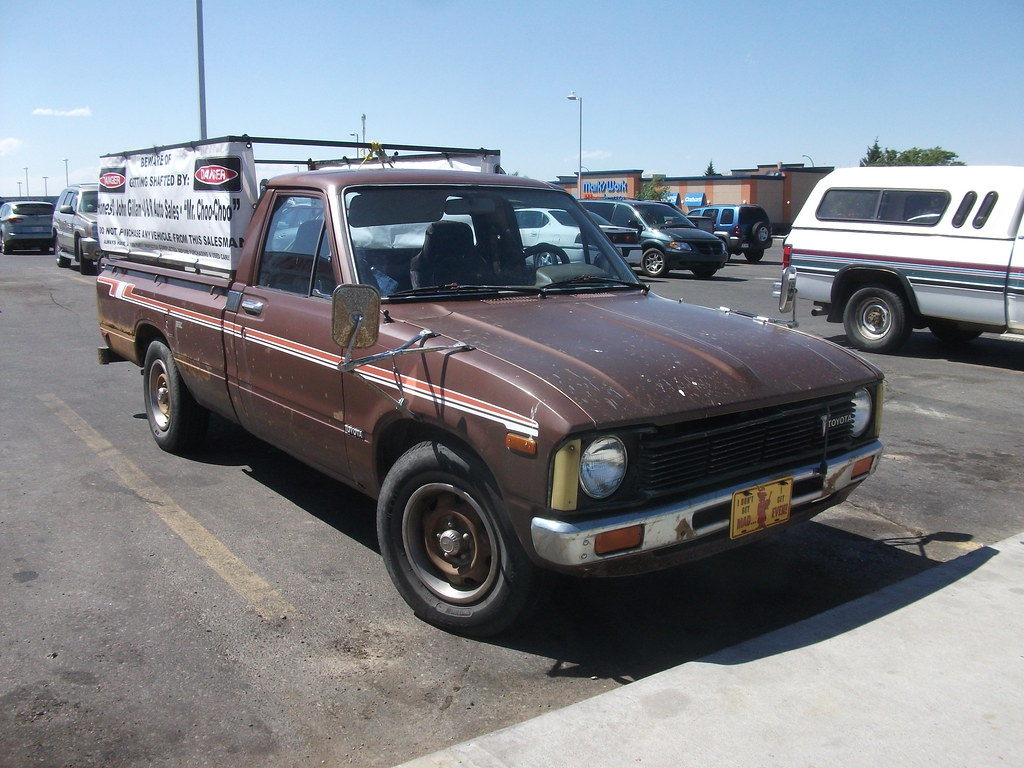
In the early 80s, Toyota had to recall almost a million pickup trucks it manufactured from 1981 to 1983. These vehicles were affected by an issue with their steering relay rod, which could crack and cause the car to completely lose steering power. Yeah, that’s about as unsafe as it gets!
Tesla Cybertruck
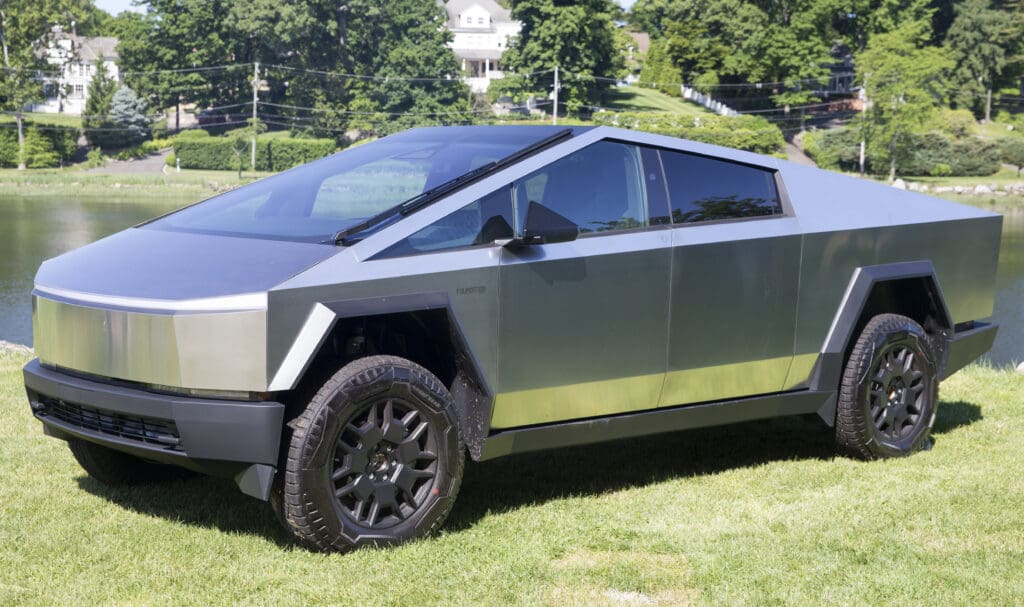
As of the time of this writing, Tesla’s hideously ugly new Cybertruck vehicle has been recalled no fewer than SEVEN times since it was introduced in late 2023. It’s already been at the center of controversy due to its problematic rollout, with many social media users ridiculing the car, its owners, Tesla, and Elon Musk for the debacle.
Toyota Tundra
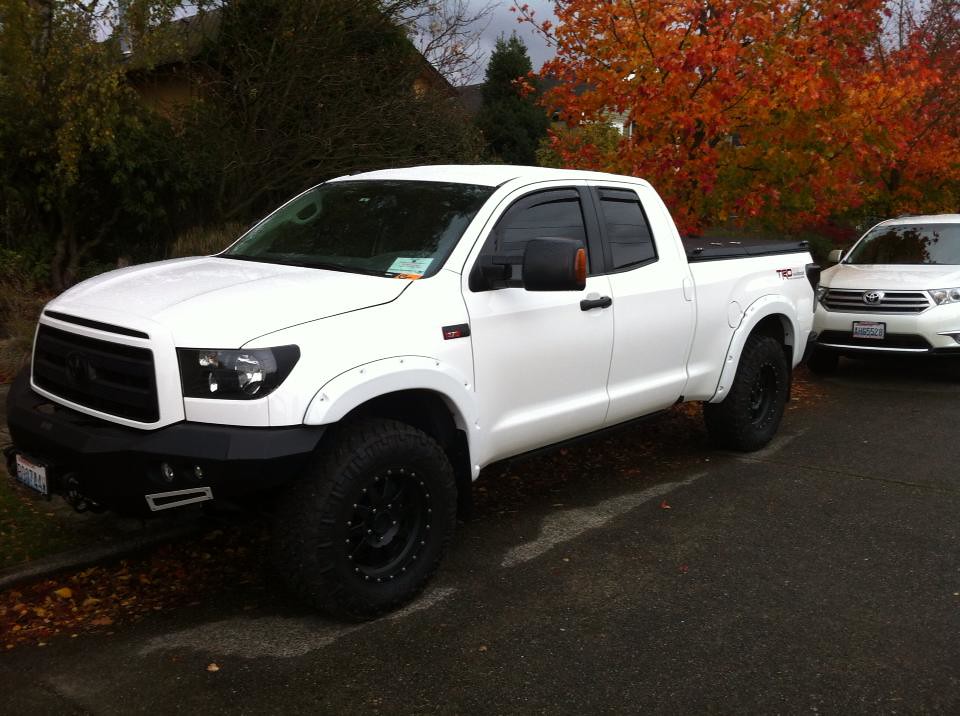
Toyota has had some trouble making a safe pickup truck. The 2000 and 2001 Toyota Tundra models were impacted by a recall that was spurred by a corrosion issue with the spare tire. This corrosion could cause the spare to fly off the vehicle—a potentially deadly complication for other drivers if it happens at highway speeds.
Toyota Prius
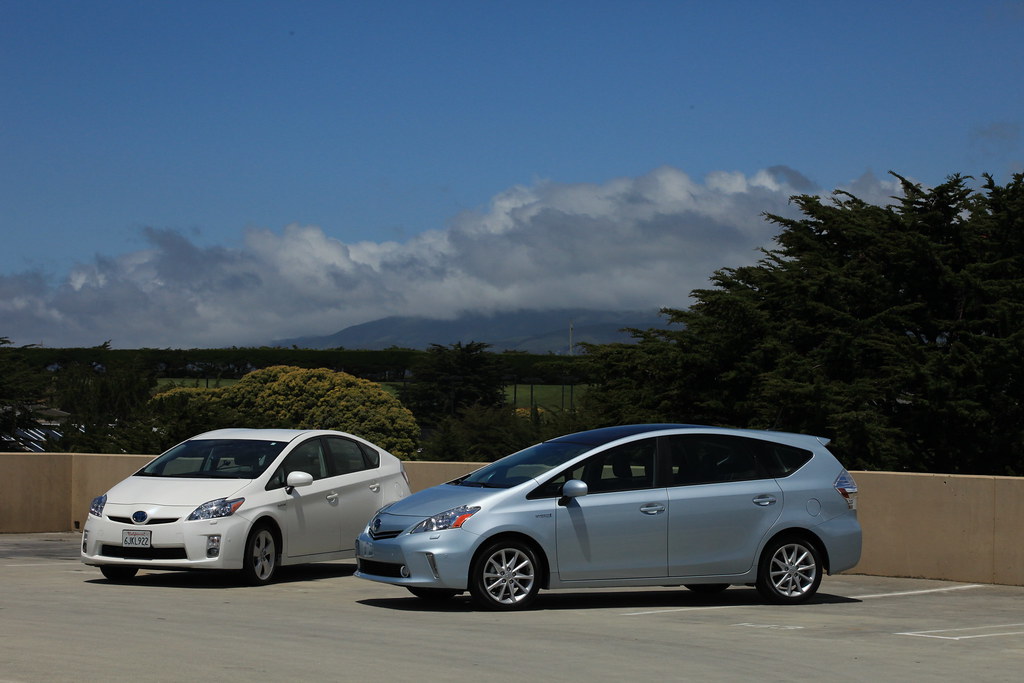
We promise we’re not picking on Toyota here, they’ve just had a lot of really notable recalls. In 2014, they recalled nearly 2 million Priuses made between 2004 and 2010 due to a problem with the hybrid powertrain. A software issue could cause the vehicle to lose power while driving, stalling out and potentially causing huge problems in crowded traffic scenarios.
Chevy Cobalt
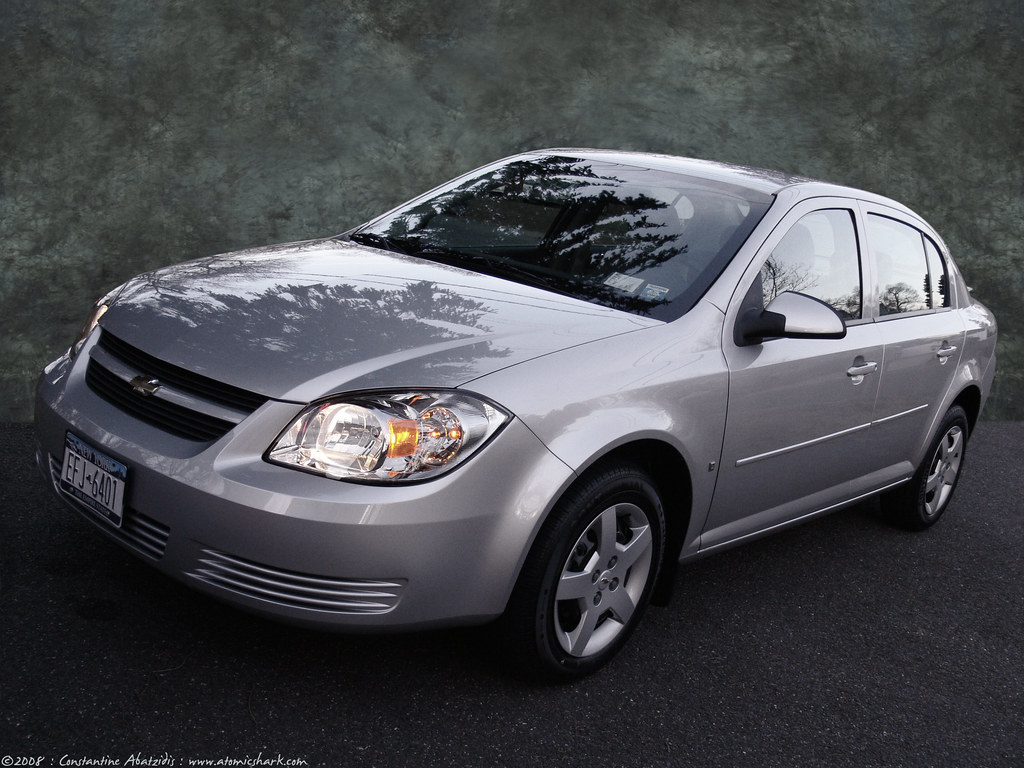
GM recalled vehicles including the Chevy Cobalt in the early 2010s due to a faulty ignition switch in the engine. This faulty switch could disable engine power, which would also turn off the airbags, even while going highway speeds. The issue was directly linked to 124 deaths.
Volkswagen Tiguan
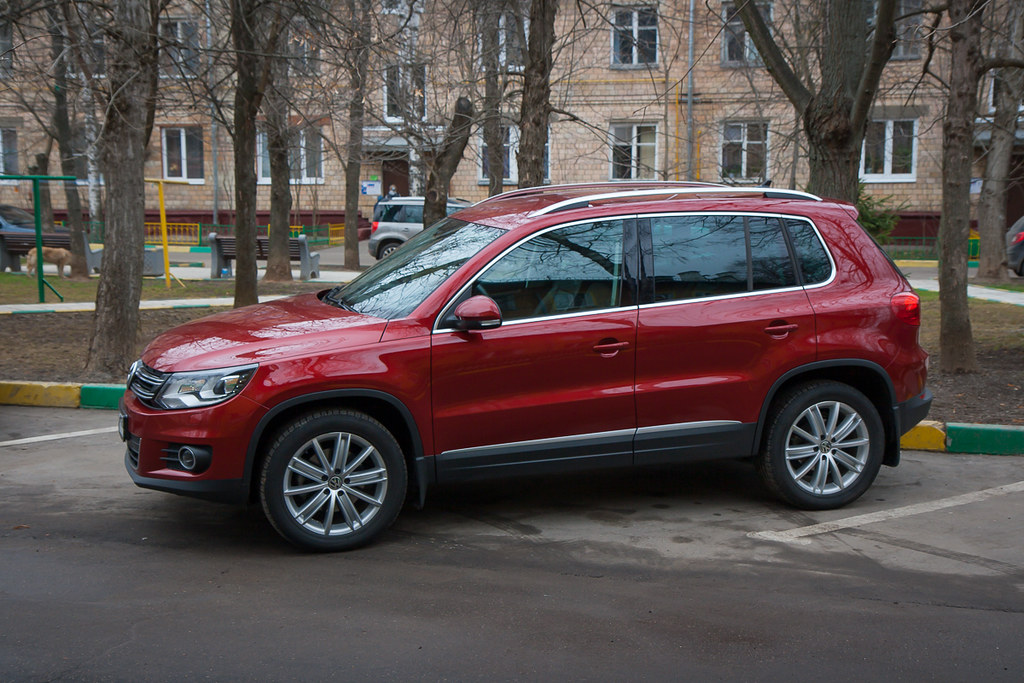
Volkswagen’s many recalls are well-documented by this point, but one particularly pernicious issue popped up with the 2007 to 2010 Tiguans. VW recalled around 2.6 million of them to address a fuel system leak that could cause engine fires. Combine that with the emissions fiasco in 2015 and it seems bizarre that anyone would buy a car from the company.
Ford Explorer Tires
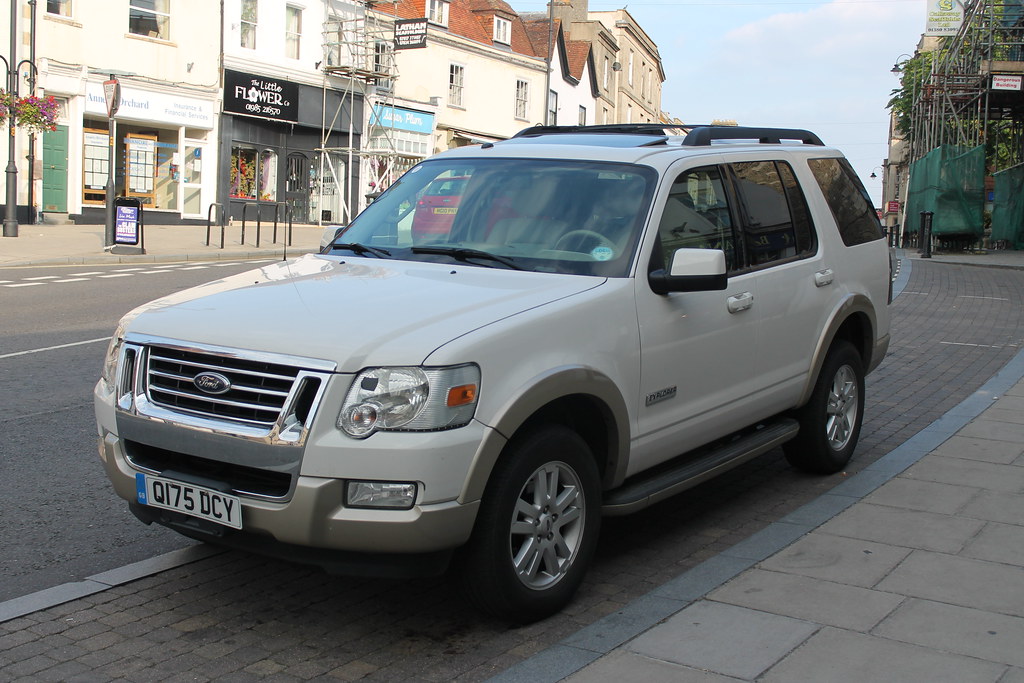
The poor design of the 1991-2001 Ford Explorer led to it being not-so-affectionately known as the Ford Exploder. Over 13 million Firestone tires on the aforementioned vehicles were recalled in the early 2000s due to design flaws that led to a disproportionate number of rollovers.
Subaru Ascent
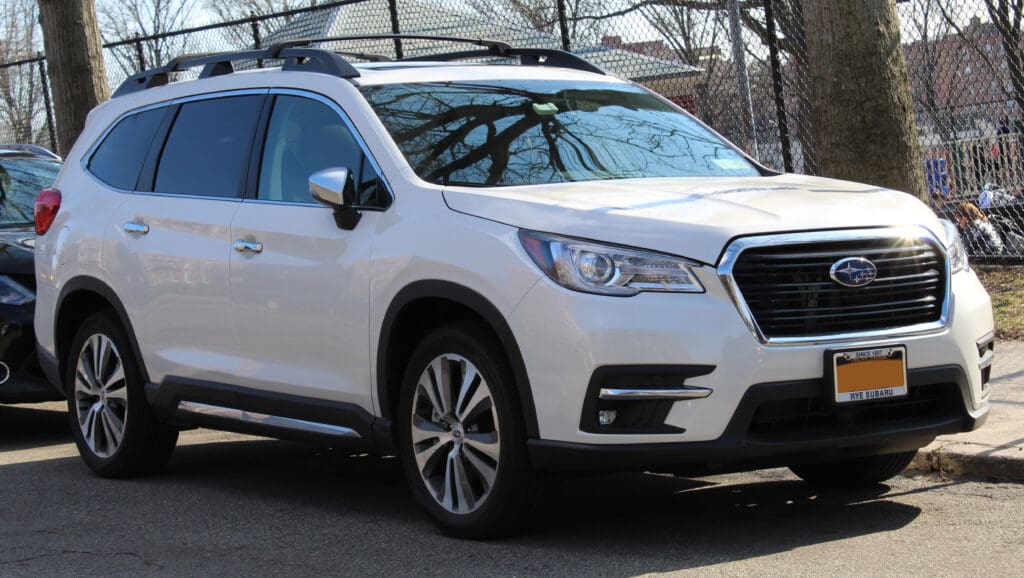
Subaru recalled around three hundred 2019 Ascents due to an issue that they were missing key welds on their B pillar. In English, this means some of the car’s critical infrastructure was welded improperly and would literally blast apart in a car wreck. All but nine of them were destroyed because of the issue.
Read More: These Are the 10 Worst Cars Ever Made
BMW 7 Series

BMW recalled over 45,000 7 Series vehicles manufactured between 2016 and 2017 due to an issue with their door hinges. The doors could look closed but actually be unlatched, leading to the doors flying open while the car was driving on the road. It’s easy to see how that would be extremely dangerous!
Read More: In the Market for a New Ride? Cars to Avoid in 2024
Ford Pinto
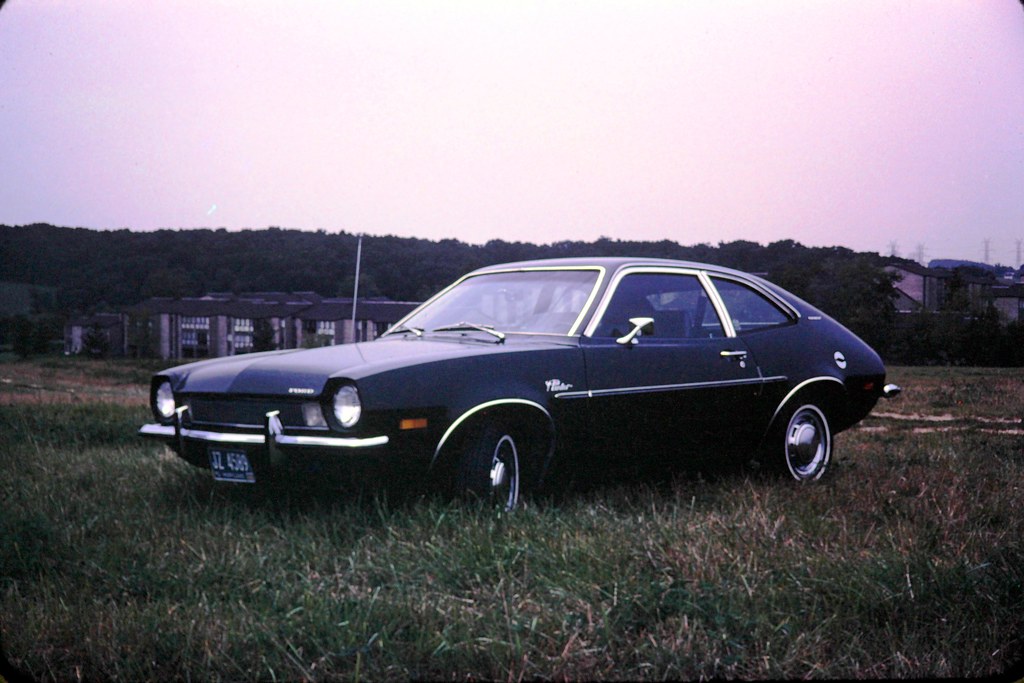
The most legendary design flaw in automotive history is likely the Ford Pinto’s glaring problem. Its gas tank was in the back of the car, which meant that a rear-end collision could cause it to explode. It was recalled for the issue, which led to decades of people clowning on the ill-fated disaster car.
Read More: The 10 Ugliest Cars Ever Made
Kia Forte
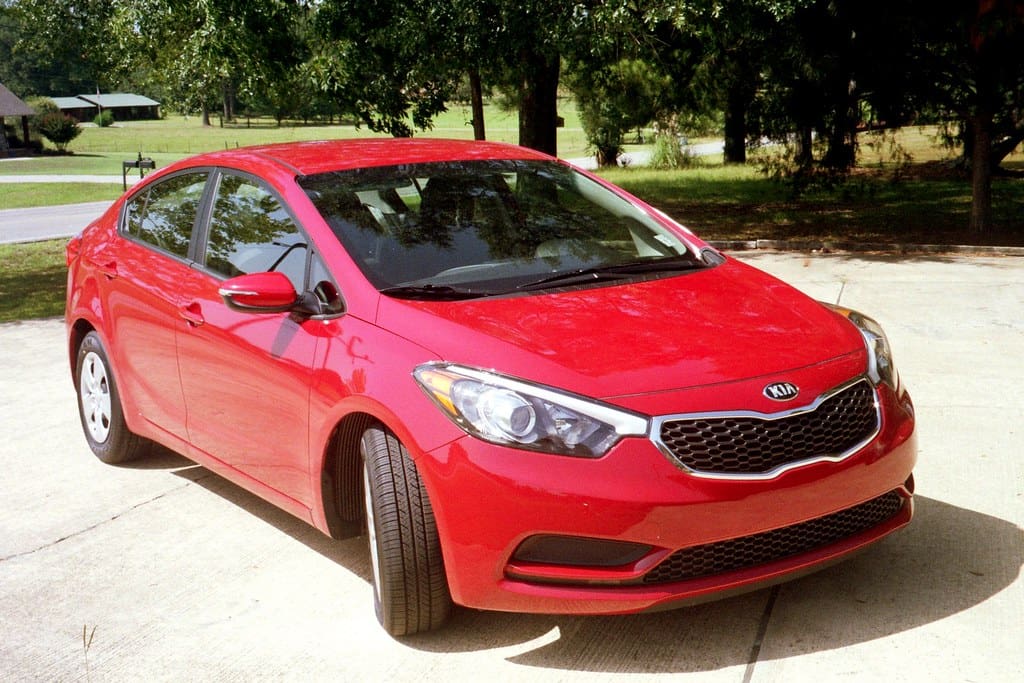
The popular Kia Forte is a compact car with suboptimal crash data. The inexpensive car scored a poor rating from the IIHS for its side impact crashworthiness, and it’s got less than ideal statistics. Between 2019 and 2022, there were 111 deaths per million registered Fortes, showing the overall danger of this vehicle.
Camaro Coupe

The fast-moving Camaro Coupe isn’t known for its safety. Since it’s a somewhat affordable muscle car, its crash statistics show that a lot of people who likely shouldn’t be behind the wheel of a fast, heavy car get into rather gruesome accidents with it. They have around 110 deaths per million registered vehicles.
Nissan Altima
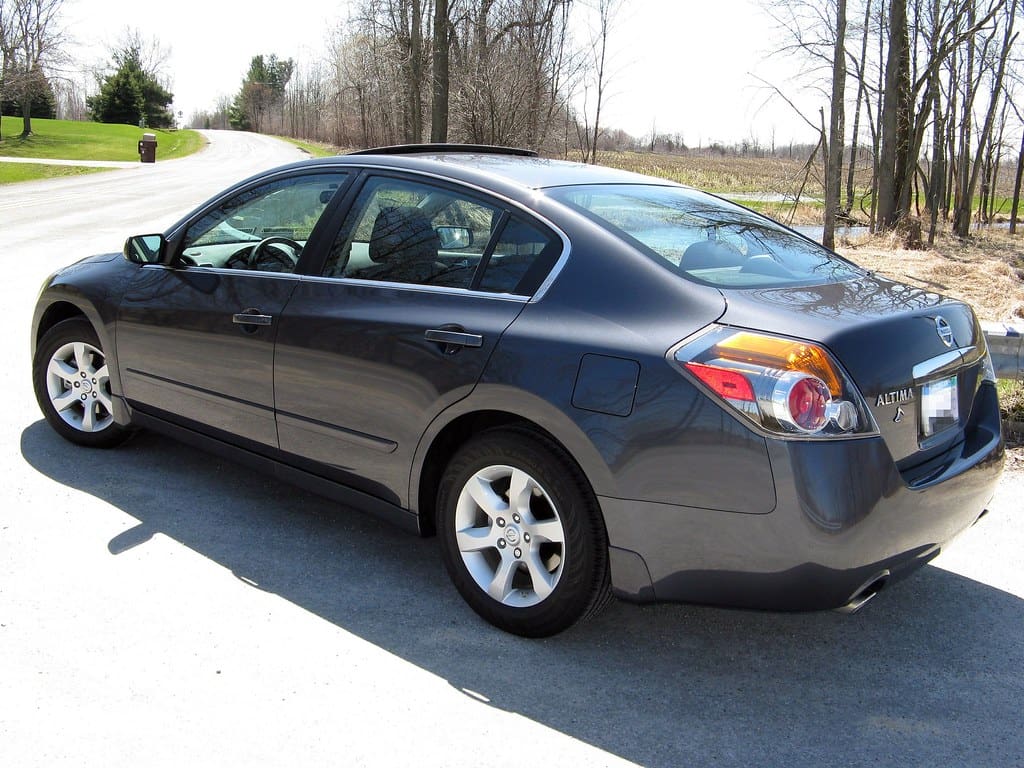
The Altima is a relatively popular, straightforward sedan. As such, its eye-popping 113 deaths per million vehicles is a cause for concern. Is the car just that unsafe? It’s likely that the all-wheel drive and VC-Turbo engine packages are inflating these numbers, offering an affordable performance model for reckless drivers.
Kia Rio Sedan
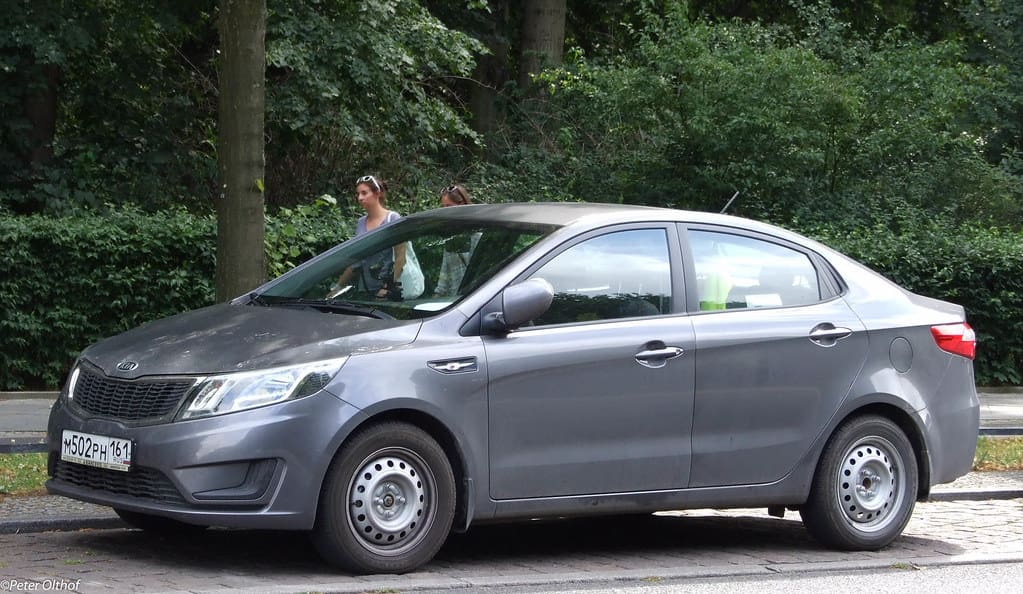
The Kio Rio sedan isn’t just dangerous for its own drivers, but it also lands in the top six death rates for other motorists. The only other car with this ignoble distinction is the Charger. It’s worth pointing out that the hatchback variant is much lower on these lists, perhaps owing to the temperament of those who prefer hatchbacks to sedans.
Chevy Spark
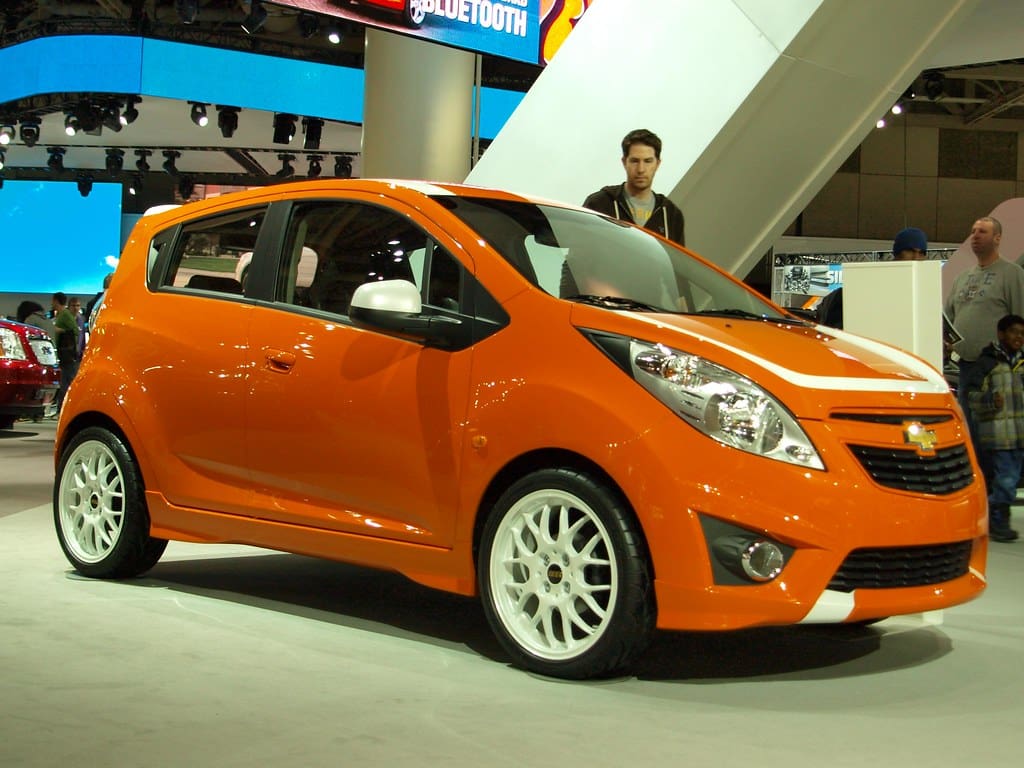
Chevy discontinued the Spark in the 2022 model year. That was probably a good thing, as all of its safety tech was optional and small hatchbacks are already considered somewhat dangerous. The vehicle had 151 million deaths per million vehicles between 2019 and 2022.
Fiat 500 (2012-2019)
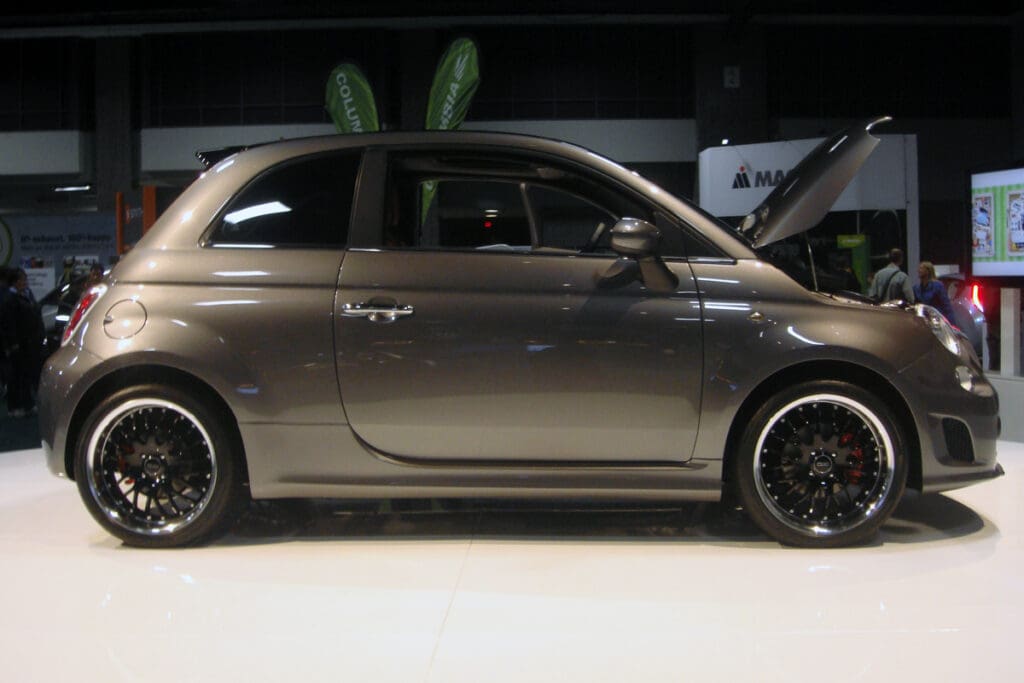
What’s wrong with the Fiat 500? Those who study crashes say this vehicle had a production issue that caused the side doors to crumple during some collisions, potentially ejecting the driver. It’s easy to see how that would impact a car’s overall safety perception.
Honda Accord

The Honda Accord was involved in 5,079 fatal crashes in 2020, according to the IIHS. While some point out that this could be an inflated number due to the extreme popularity of the Accord, it’s still worth bearing in mind that smaller, inexpensive cars are often more dangerous due to their size and the materials used in their construction.
Toyota Camry

The humble Toyota Camry has a similar profile to the Accord. It was involved in 4,734 fatal crashes in 2020, again likely owing to its popularity and low price. Still, issues involving both its size and construction could have made these accidents more dangerous than they would have otherwise been.
Nissan 350z
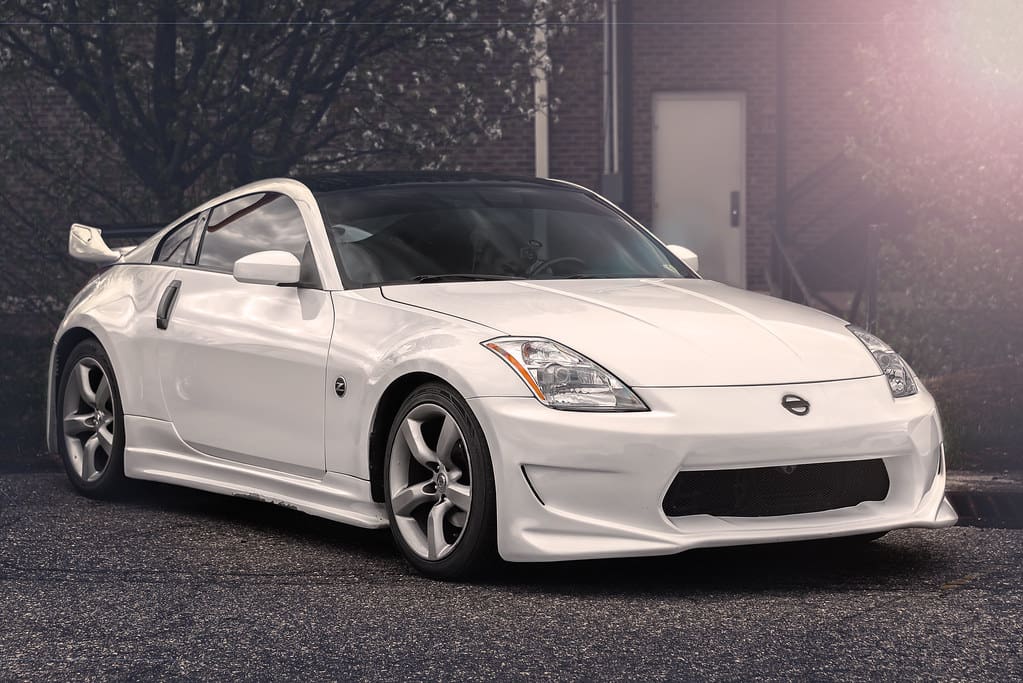
What makes the 350z so dangerous? It’s got 300 horsepower, rear wheel drive, and a relatively low used price. This makes it a popular choice for younger, more impulsive drivers who think that zooming over the speed limit is cool. Well, if getting into fatal accidents is cool, there’s nothing cooler than the 350z.
Mazda Miata
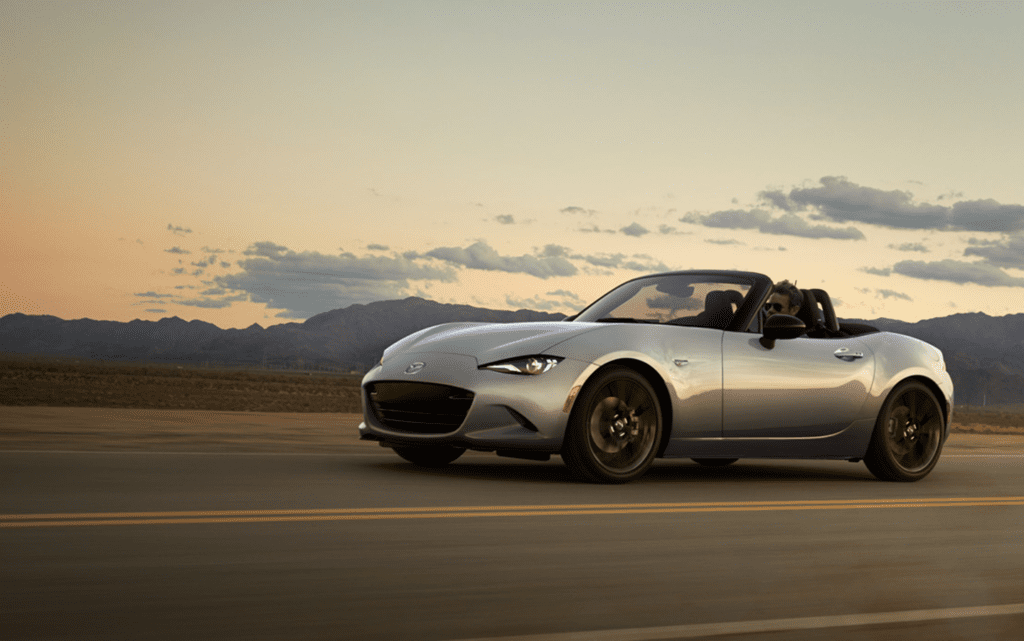
Sports cars are dangerous. I know, stop the presses. But it bears repeating: any fast-moving, light car is going to be more dangerous in a high-speed accident. There’s nothing to a Miata: in a crash, it simply folds down and leaves the driver exposed to the forces of speed, inertia, and collision.
Ford F-Series

The Ford F-Series of pickup trucks is among the most popular car brands in the US. This also is a huge factor in its massive number of fatal accidents, which sat at 10,845 in 2020 according to the IIHS. These big, unwieldy trucks are particularly dangerous to other motorists, making them the kinds of vehicles you’d prefer to stay away from on the highway.
Hyundai Accent
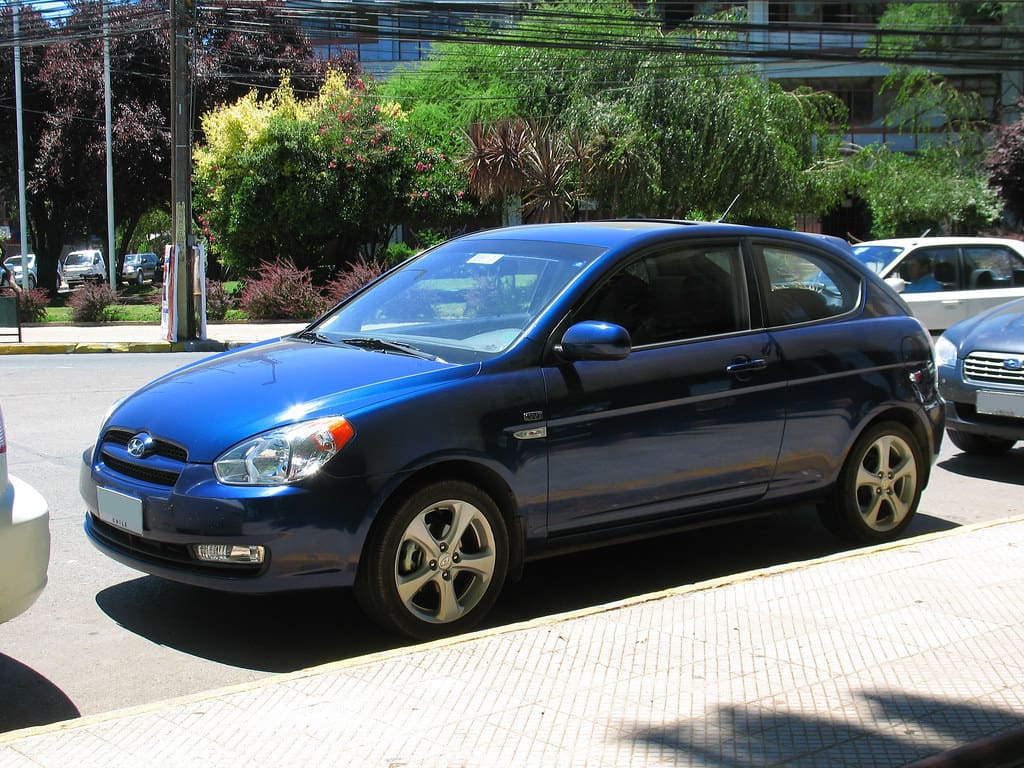
In 2020, there were 116 driver deaths per million registered Hyundai Accents. This popular four-door has a set of conditions similar to the Camry and Accord, as it’s an affordable sedan with a popular and reliable manufacturer. It goes without saying that their small size is likely a factor in their safety ratings.
Ford Fiesta (2014-2019)
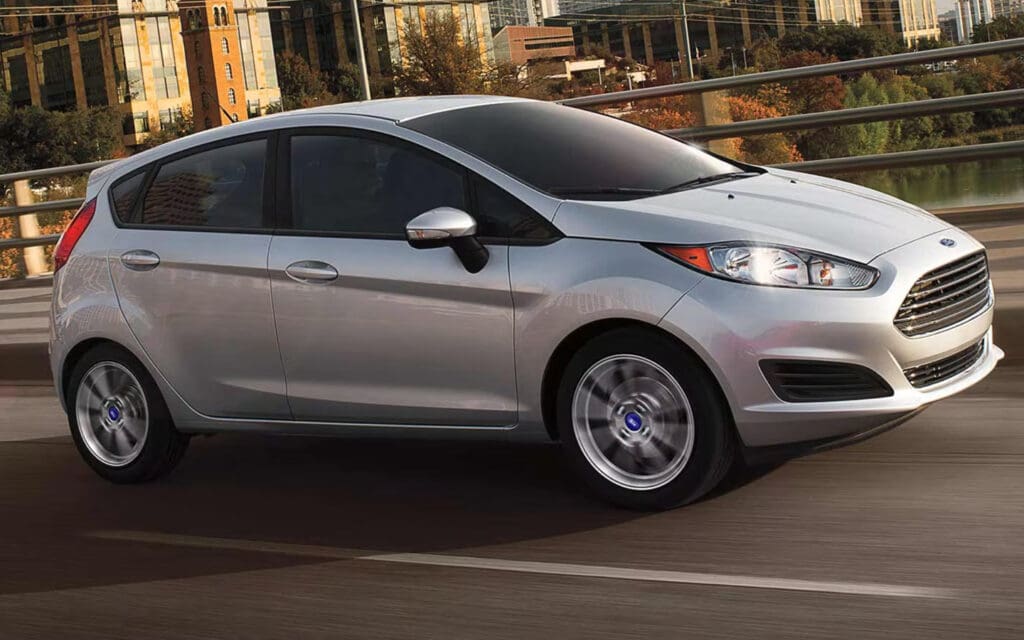
This was the deadliest car on the road in 2020 according to the IIHS. With 141 deaths per million registered vehicles, the tiny and inexpensive Ford Fiesta was nothing if not a death trap. Commenters online pointed out the car’s extremely flimsy production and unusual configuration as possible reasons for this troubling statistic.
Chevy Sonic
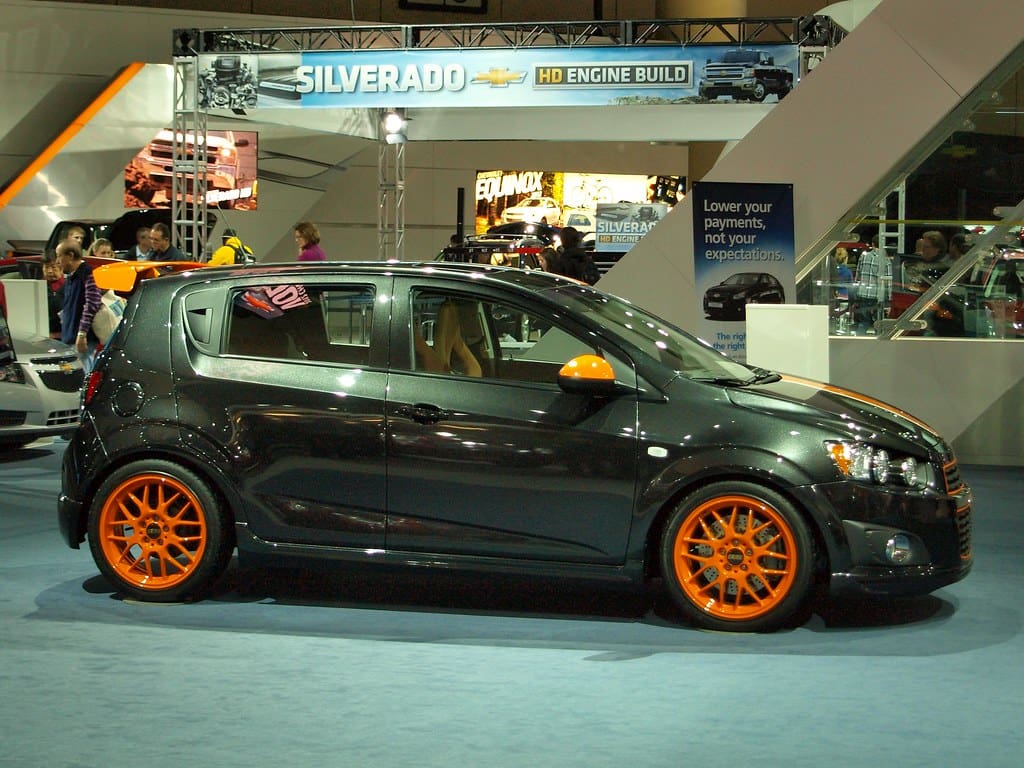
In 2020, there were 98 driver deaths per million registered Chevy Sonics. What went wrong here? This small, affordable four-door just doesn’t have the construction to stand up to high-speed accidents, apparently. It’s best to stay away from smaller cars if you’re planning to drive on the highway often.
Mitsubishi Mirage
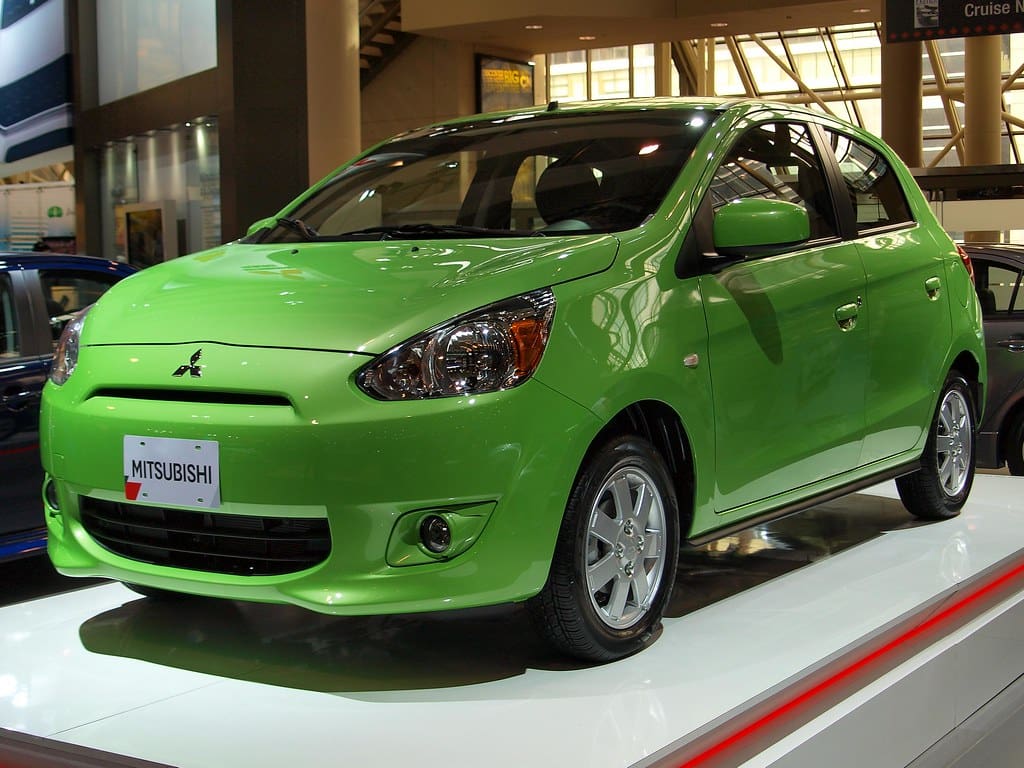
From 2019 to 2022, there were 205 deaths per million registered Mirages. The Mirage is really no one’s favorite car, with its only real upsides being its great MPG and its low price. This also means it’s a lightweight car that is commonly owned by people with lower income. It doesn’t take a degree in public safety to see how this leads to its poor crash performance.
Ram 3500
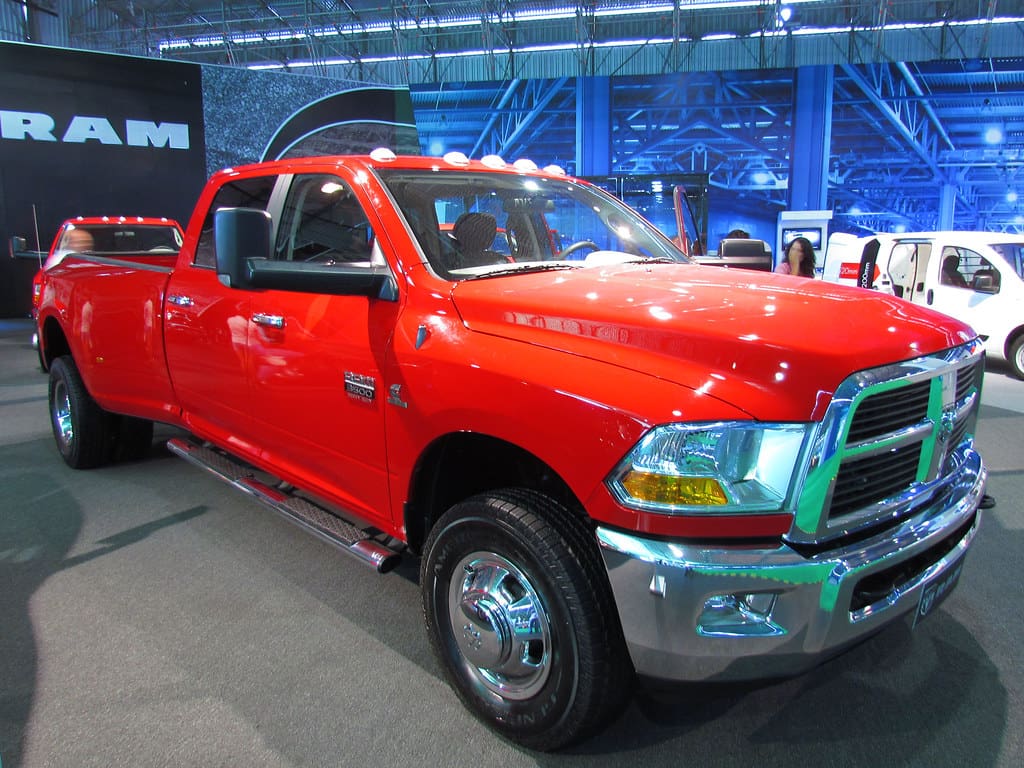
The Ram 3500 is among the most dangerous cars on the road for those who aren’t driving. There were 189 deaths of other motorists per million registered 3500s from 2019 to 2022, making this the kind of truck you want to be far, far away from if you see it moving at unsafe speeds behind you.
Chevy Silverado
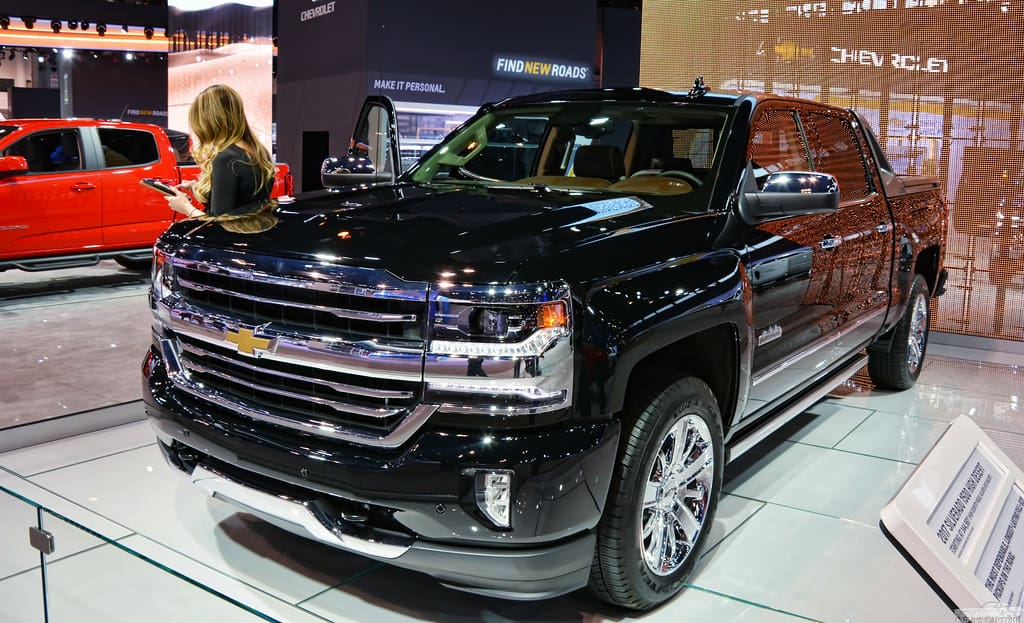
Large pickup trucks are dangerous, apparently. The Chevy Silverado was involved in 7,718 fatal crashes in 2020, according to data collected by the IIHS. These heavy, unwieldy work trucks are extremely dangerous for other motorists, lending them a reputation for being unwelcome sights on highways and crowded roads.
Nissan Versa Note (2016-2019)
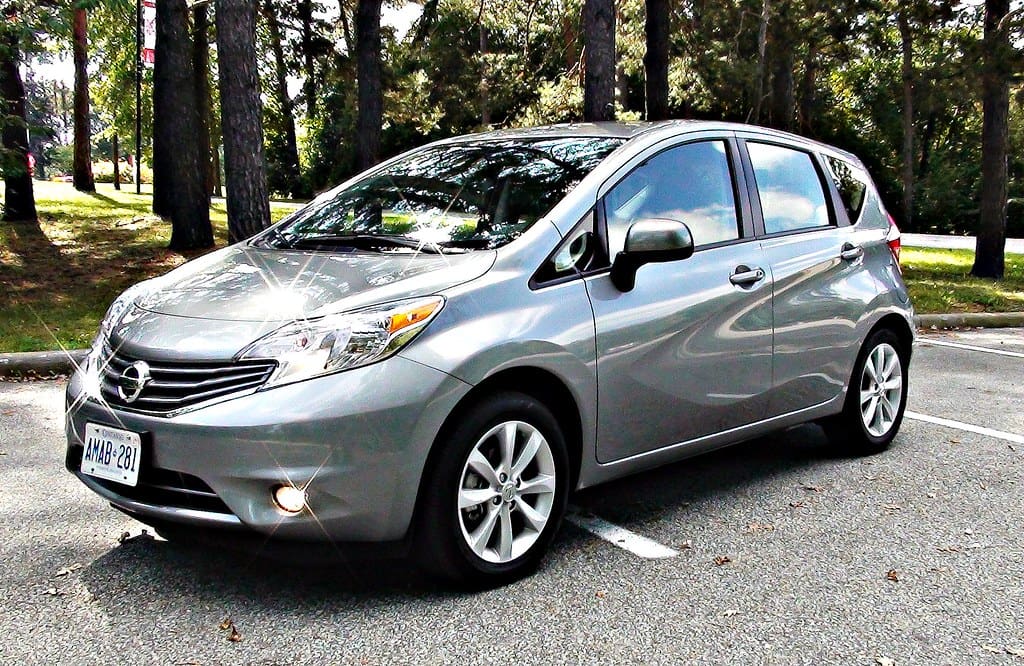
In 2020, the Versa Note recorded 96 driver deaths per million registered vehicles. Again, this is a case of a somewhat affordable car with minimal safety features performing below expectations across a wide range of crash conditions. These are more dangerous for their own drivers than other motorists.
Dodge Charger
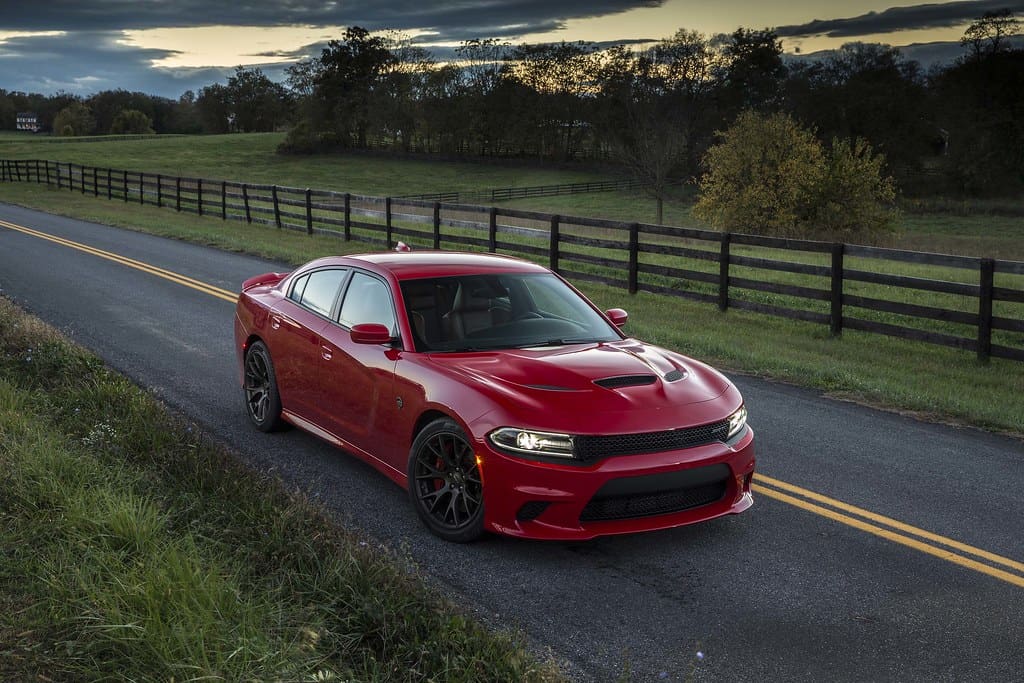
The light, zippy muscle car known as the Dodge Charger isn’t just dangerous for its own drivers, it’s hostile to other motorists, too. It ranks second in other-driver deaths at 164 per million registered vehicles, a higher total than the 118 deaths among the vehicle’s own drivers. Why? Reckless young drivers love to push the limit with their shiny, new Chargers.
Read More: The 10 Most Fuel-Efficient Cars of All Time
Dodge Challenger
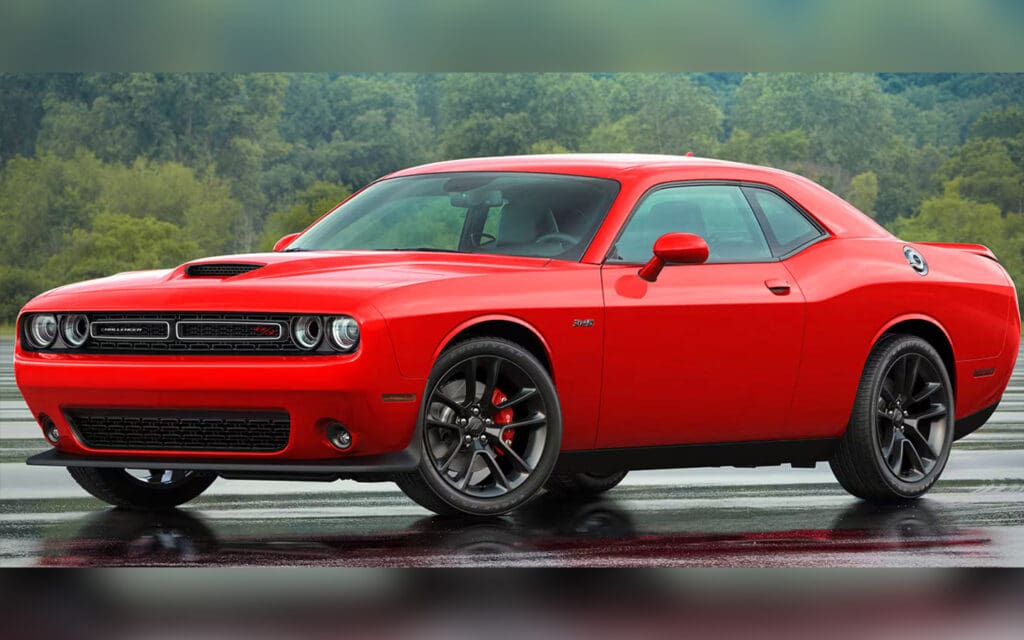
The rear-wheel drive Challenger was involved in 154 deaths per million registered vehicles from 2019 to 2022. Why is it dangerous? Well, it’s a cheap, heavy muscle car with tons of horsepower. A lot of foolish young drivers like to buy these and tear up the roads with them, leading to a much higher fatality rate.
Read More: The 10 Most Reliable Cars of the Last Decade








